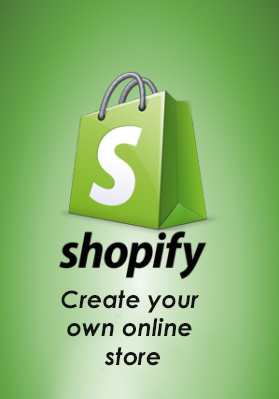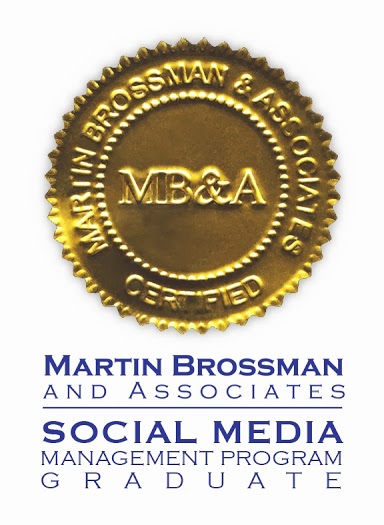In a free eBook, Hubspot says,
If the social networks you’re using aren’t working — 2013 is the year to stop using them. For example, if you gave Pinterest the old college try, and it simply is not driving any meaningful business results for you, cut the cord. Just make sure you’re making your decision based on analytics, not gut feelings.
Then, to make sure you didn’t miss it, they repeated the book in a blog post.
OK–so it’s “an example,” not a directive. Not so fast.
I’ll have more to say about this in a different article.
Not clear why they singled out Pinterest as the target. Seems that Instagram might have been a better example of a social site not designed to drive traffic. For that matter, Twitter has been around long enough so that it’s possible to know it doesn’t work for you and your business. I don’t think the same is true in ANY way for Pinterest.
The people who are “not seeing any meaningful business traffic” from Pinterest are the ones who gave their Pinterest account to the receptionist at the front desk, who has no marketing guidance or oversight, who pins images from the company website with captions like, “cool kitchen!” (Face it, if trained marketing department employees are writing those captions, the business has an entirely different problem…)
Or what about the images that are all “uploaded by user?” They CAN’T drive traffic–no link!
Sigh. So let Hubspot run your marketing and decide that Pinterest (which has only offered business accounts for a month when this post was written) won’t work for your business. My clients would rather you weren’t using Pinterest anyway. All the more traffic for us…
From the comments on that post, added after I wrote this one:
Pinterest is a complete waste of time for most B2B companies, unless you’re a company like Procter and Gamble that can promote through multiple channels.
Pinterest is definitely a hit or miss for some businesses. But, if you know exactly how to market it to your audience, then it is sure to succeed. One must think outside the box 🙂
OTOH, if you have even a glimmer that Pinterest may be a game changer that we haven’t figured out how to use reliably yet, give me a call or come to a class and let’s see what we can figure out together.











Follow Us!